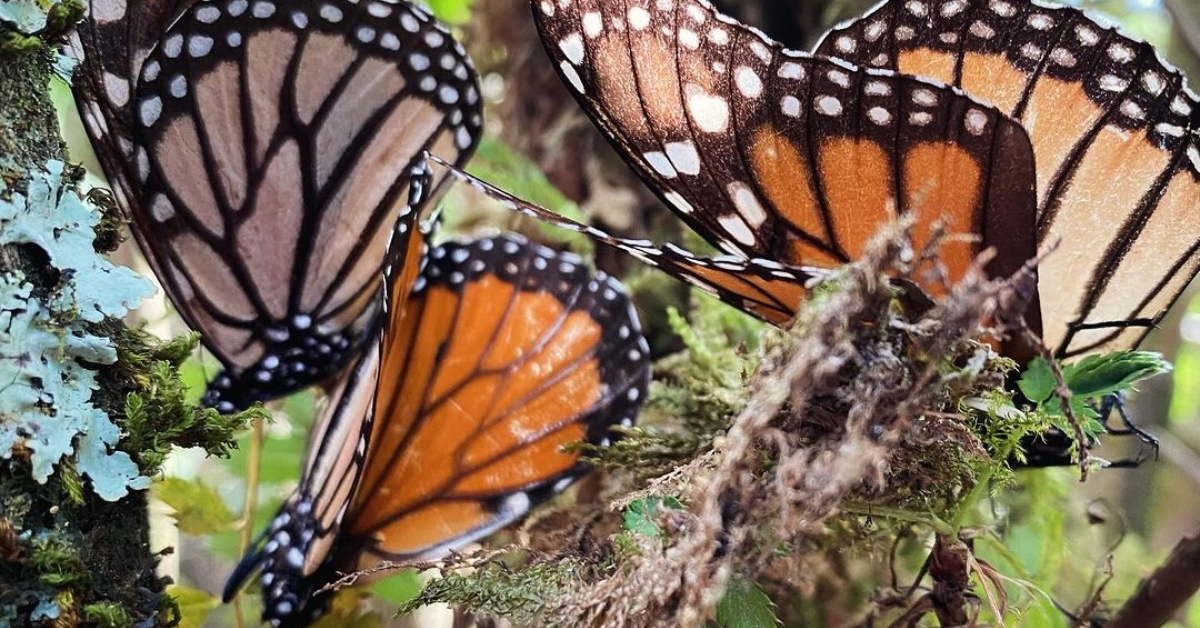In a hopeful turn for one of North America’s most iconic insects, the Mexican National Commission of Protected Areas (CONANP) announced that monarch butterfly populations wintering in the country nearly doubled from the previous year. At a joint press conference with the World Wi…







